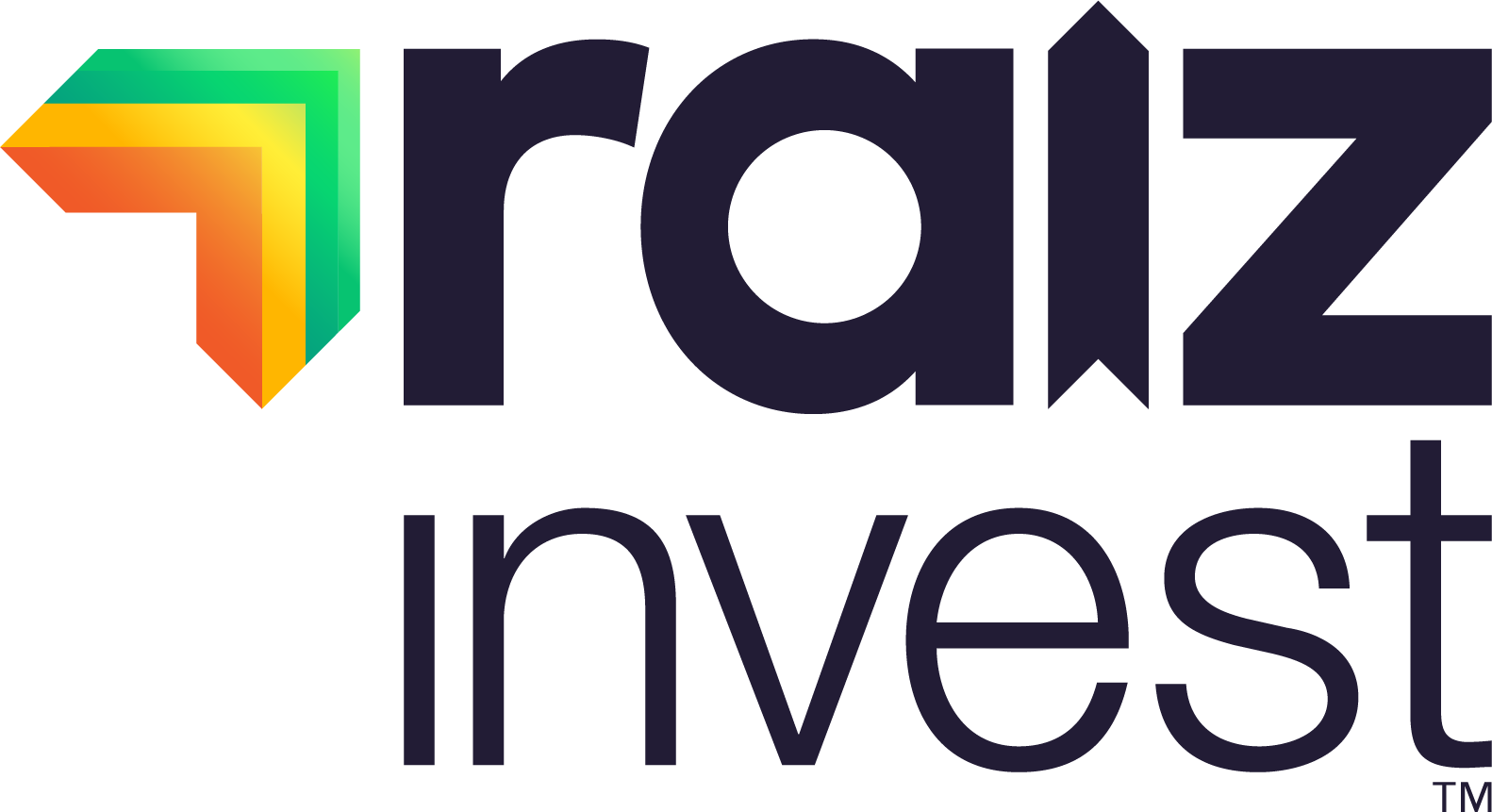How to understand end of year financial reports

When it comes to making smart moves in the share market, a good place to start can be looking at an annual report. That’s because a company’s annual report is often a key way for potential investors to get an insight into the financial state of a company.
Understanding an annual report can be confusing and even frustrating for those new to investing, so here are a few tips to help get you started.
What is an annual report?
Simply put, an annual report includes information about the company, its activities, its financial accounts such as profit and loss, and strategies over the previous 12 months. This publicly available information contained in the annual report is published by a company in accordance with the accounting rules and laws and includes the directors’ report, the financial report and the auditor’s report on the financial report.
In Australia, a company’s annual report will include a report on renumeration of key personal and often also include non-compulsory elements that provide further windows into its operations. For instance, there may be reports from the CEO and chairman or reports related to sustainability or corporate social responsibility aimed at further enhancing shareholder knowledge of these areas.
When is an annual report prepared and published?
There are strict rules here in Australia. Annual reports must be prepared each financial year by all public companies as well as all large proprietary companies. Listed companies must prepare and send a copy of their financial accounts to all members at least 21 days before their annual general meeting and within four months of the end of the financial year.
Thankfully, all listed companies also publish their financial statements and reports with the ASX, making them publicly available and on their website and notify shareholders of their action. Companies also lodge copies of their annual reports with ASIC.
What to focus on when reading an annual report?

One of the key parts of a listed company’s annual report is the directors’ report. This is especially important because it contains information that shareholders of the company — and potential investors — may need to make an informed assessment about its operations, its financial position, its business strategies, and its future prospects.
The company’s financial report is another important part to consider. It provides information about the financial performance and financial position of the company, and tells the story of the company in number, and can be particularly useful to potential investors keen for an insight into its financial health.
The four primary financial statements
Delving into more detail, it can be useful to look at annual report’s profit and loss statement, balance sheet, statement of changes in equity, and the statement of cash flows. These reports are prepared in strict accordance with the accounting rules, which are also disclosed in the financial statements, though some of these accounting rules are not intuitive.
In summary:
- The profit and loss statement shows the revenue and expenses of the company during the reporting period
- The balance sheet shows the assets and liabilities of all the resources controlled by the firm and all its obligations
- The statement of changes in equity reports all changes to equity during the financial period, for example if a company issues new shares to raise capital
- Statement of cash flows shows the cash inflows and outflows into the company’s bank account over the reporting period.
These statements can be great to check out as they show information relevant to the previous 12 months and comparative figures for the prior corresponding period on how the financial performance of the company has altered over that time.
While often overlooked, the auditor’s report is another valuable section of a company’s annual report. It’s the product of auditors — independent accounting practitioners appointed by the directors and confirmed at the AGM — who are engaged to provide an opinion on the financial report. This section sometimes includes matters that will cause the auditor to issue a report that is qualified and can be useful to keep an eye on.
Being Prepared

Remember, if you’re thinking about diving into a listed company’s annual report it helps to be prepared. So, before you get started make sure you’ve done your homework on the industry sector that the company operates in and the current and future market conditions.
Don’t have the Raiz App?
Download it for free in the App store or the Webapp below:
Important Information
The information on this website is general advice only. This means it does not take into account any person’s particular investment objectives, financial situation or investment needs. If you are an investor, you should consult your licensed adviser before acting on any information contained in this article to fully understand the benefits and risk associated with the product.
A Product Disclosure Statement for Raiz Invest and/or Raiz Invest Super are available on the Raiz Invest website and App. A person must read and consider the Product Disclosure Statement in deciding whether, or not, to acquire and continue to hold interests in the product. The risks of investing in this product are fully set out in the Product Disclosure Statement and include the risks that would ordinarily apply to investing.
The information may be based on assumptions or market conditions which change without notice. This could impact the accuracy of the information.
Under no circumstances is the information to be used by, or presented to, a person for the purposes of deciding about investing in Raiz Invest or Raiz Invest Super.
Past return performance of the Raiz products should not be relied on for making a decision to invest in a Raiz product and is not a good predictor of future performance.




